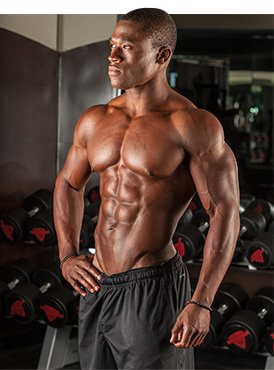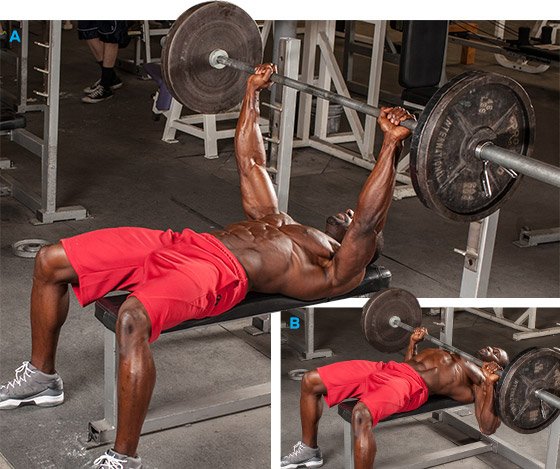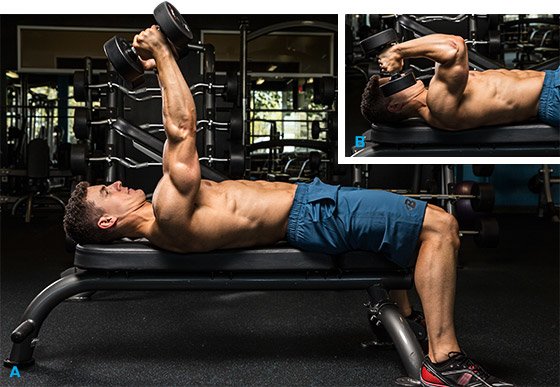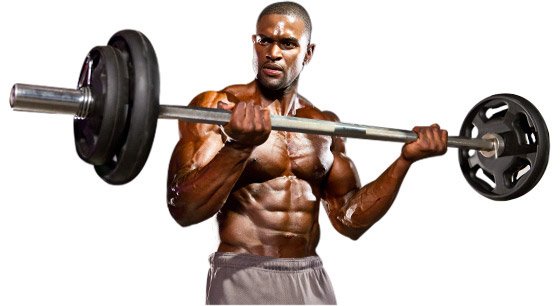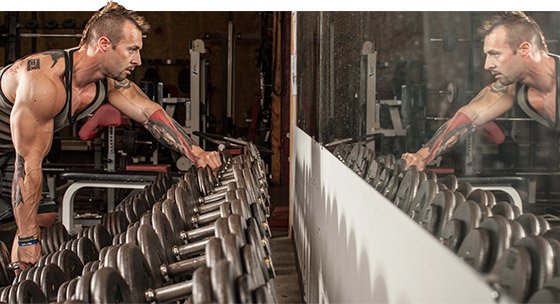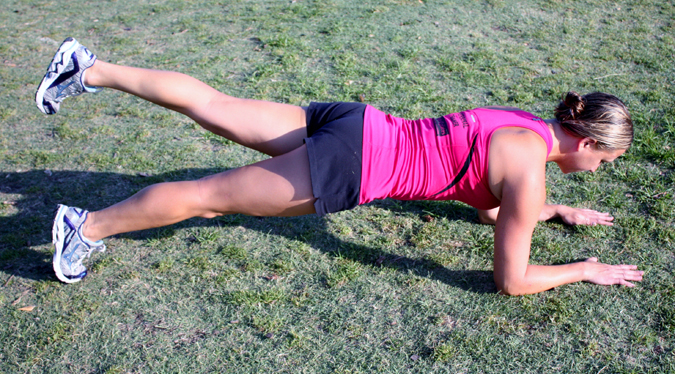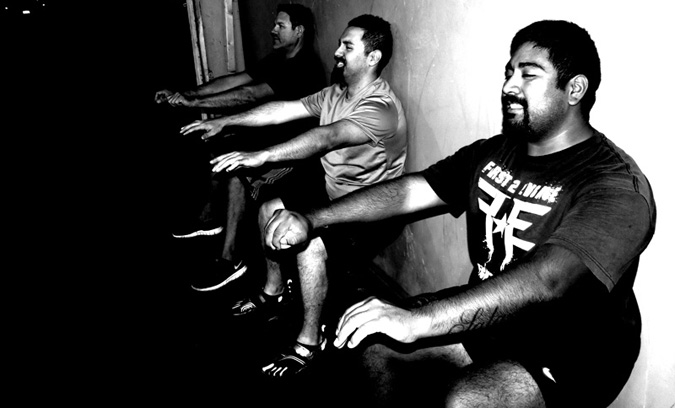Here’s a question I see time and time again in online bodybuilding & fitness forums:
“Hi, I have been working out for X months and I have only gained Y pounds. I train hard and have been taking XYZ supplements. I can’t gain weight or get stronger! Please help!”
In most cases, after trying to gain weight for several months the person will quit. That’s a pity, because the only thing stopping the person from progressing is knowledge. Here are some reasons why many people do not build muscle:
1. You’re not getting enough calories
Most people are surprised at how many calories they need just for maintenance! Calorie consumption is the solution to about 90% of the complaints lifters have about not being about to get bigger and/or stronger. Your body requires a certain number of calories to maintain your current weight. This figure is known as basal metabolic rate (BMR), and varies from person to person depending on your weight, muscle mass, activity level, age etc. If your calorie intake is lower than BMR, you will lose weight. This is known as a calorie deficit. If your daily calorie intake is higher than your BMR, you will gain weight. You need to remain in a state of calorie surplus to retain and maintain muscle growth.
2. You’re not eating the right foods
Generally speaking, if you’re eating excess calories every day and training with a decent workout you’ll grow. But, if you’re not eating the right foods, the chances are that you’ll be limiting your potential, putting on excess body fat, and not growing enough lean muscle.
The best way to plan your muscle building diet is to split it up into protein/carbohydrate/fat (P/C/F) ratios. Arguably the best ratio of muscle growth is 30/50/20. This mean you’re getting 30% of your total calories from protein, 50% from carbohydrates and 20% from fats.
Now all you need to do is spread those amounts over 6-7 meals per day.
3. You’re not eating enough meals
When you eat is just as important as what you eat. The days of eating “3 square meals” are long gone. Research has shown that eating more smaller meals is not only great for promoting a fast metabolism, but helps maintain, lose, and gain weight. Think of your body like a log fire. If you put too much wood on at once, the fire burns slow and sluggish. But if you gradually add more wood as the fire gets bigger, it burns more efficiently and gets bigger.
You should be aiming for a minimum for 6 meals spread at even intervals throughout the day. You want to make these meals as even as possible, but it’s OK to eat a bit more at breakfast/lunch/dinner if you don’t have time during the other breaks.
So you’re probably thinking, “I don’t have time to eat all those meals”. If I had a dollar for every time I heard that I could retire. The truth is you can, it just requires a bit for forward planning. There are endless ways you can cook and store food for meals throughout the day. Spend a few hours on a Sunday afternoon cooking up your lunches and snacks for the week. Use your imagination and devise tasty and healthy meals to build up that muscle mass.
The other option is weight gain shakes. There’s nothing easier than banging some water into a shaker with some powder, having a shake, and drinking. Good meal replacement shakes usually contain around 600 calories with good amounts of protein, BCAAs, glutamine and carbohydrates. It’s literally a meal in a cup. All you need is a few shaker bottles, add the powder before work, then just add water and drink on the job. However, care must be taken not to overdose on shakes as extended overdoses may have negative effects on your kidneys and liver.
4. You’re not getting enough water
Water is nature’s wonder supplement, it’s essential for a whole host of bodily functions. Many lifters underestimate the importance of being hydrated well before they step into the gym. If you feel dehydrated just before you’re about to train, it’s too late, you won’t be able to rehydrate yourself time. Keeping yourself hydrated should be a priority from the moment you get out of bed. Dehydration is a serious problem, and in extreme cases can lead to death. Here are some signs of dehydration you should look out for:
Feeling thirsty (obviously)
Fatigue. Feeling tired for no apparent reason.
Dry mouth and possible sore throat
Headache
Loss of appetite
Dark urine with strong odor
Drinking an adequate amount of water is easy, and there’s no excuse why you cannot do it. Just take a bottle wherever you go and keep sipping out of it throughout the day. however take care not to drink excessive amounts of water as it may lead to iodine deficiencies, as well as other less desirable and potentially fatal conditions.
Some supplements, like creatine, may lead to dehydration. If you’re using creatine monohydrate you should increase the amount of water your consuming.
5. Your workout routine sucks
Choosing the right routine to suit your body type, training experience and goal is vital. Many new lifters get their workout routines from magazines and articles written by professional bodybuilders. These workouts are not designed for beginners, and will only lead to a lot of wasted time, energy and frustration.
A good workout routine needs the following:
Training days arranged to allow for adequate rest
Muscle groups arranged so overtraining does not occur.
Muscle groups arranged so that each muscle can be worked to maximum effect
A good selection of compound and isolation exercises
Good warm up and cool down
(To be continued)








